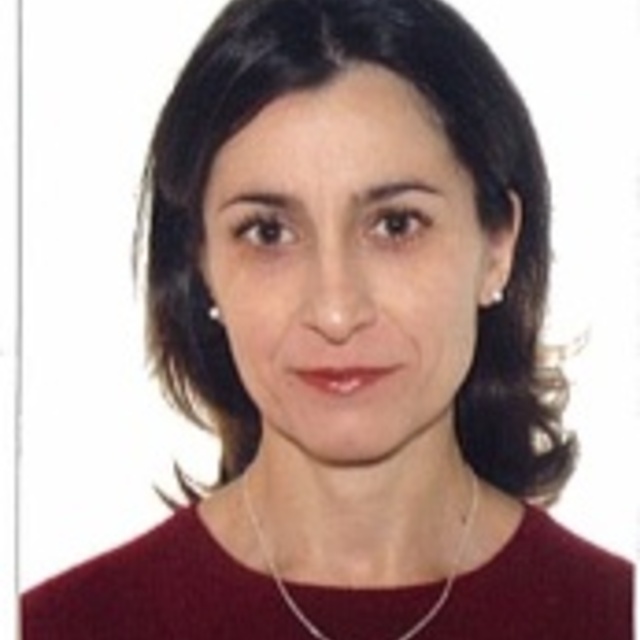July
2021
•
2021A&A...651A..98F
Authors
•
Fatigoni, S.
•
Radiconi, F.
•
Battistelli, E. S.
•
Murgia, M.
•
Carretti, E.
•
Castangia, P.
•
Concu, R.
•
de Bernardis, P.
•
Fritz, J.
•
Genova-Santos, R.
•
Govoni, F.
•
Guidi, F.
•
Lamagna, L.
•
Masi, S.
•
Melis, A.
•
Paladini, R.
•
Perez-Toledo, F. M.
•
Piacentini, F.
•
Poppi, S.
•
Rebolo, R.
•
Rubino-Martin, J. A.
•
Surcis, G.
•
Tarchi, A.
•
Vacca, V.
Abstract
•
Context. The Andromeda galaxy is the best-known large galaxy besides our own Milky Way. Several images and studies exist at all wavelengths from radio to hard X-ray. Nevertheless, only a few observations are available in the microwave range where its average radio emission reaches the minimum.
Aims: In this paper, we want to study the radio morphology of the galaxy, decouple thermal from nonthermal emission, and extract the star formation rate. We also aim to derive a complete catalog of radio sources for the mapped patch of sky.
Methods: We observed the Andromeda galaxy with the Sardinia Radio Telescope at 6.6 GHz with very high sensitivity and angular resolution, and an unprecedented sky coverage.
Results: Using new 6.6 GHz data and Effelsberg radio telescope ancillary data, we confirm that, globally, the spectral index is ∼0.7−0.8, while in the star forming regions it decreases to ∼0.5. By disentangling (gas) thermal and nonthermal emission, we find that at 6.6 GHz, thermal emission follows the distribution of HII regions around the ring. Nonthermal emission within the ring appears smoother and more uniform than thermal emission because of diffusion of the cosmic ray electrons away from their birthplaces. This causes the magnetic fields to appear almost constant in intensity. Furthermore, we calculated a map of the star formation rate based on the map of thermal emission. Integrating within a radius of Rmax = 15 kpc, we obtained a total star formation rate of 0.19 ± 0.01 M⊙ yr−1 in agreement with previous results in the literature. Finally, we correlated our radio data with infrared images of the Andromeda galaxy. We find an unexpectedly high correlation between nonthermal and mid-infrared data in the central region, with a correlation parameter r = 0.93. Finally, by computing the logarithmic 24μm/21cm ratio q24 μm, we find a decreasing trend with increasing galactocentric distance and an increasing dispersion. The logarithmic far-infrared-to-radio ratio is found to be 2.41 ± 0.04.
Table A.1 and the 6.6 GHz SRT map are only available at the CDS via anonymous ftp to
cdsarc.u-strasbg.fr (ftp://130.79.128.5) or via
http://cdsarc.u-strasbg.fr/viz-bin/cat/J/A+A/651/A98
Links




